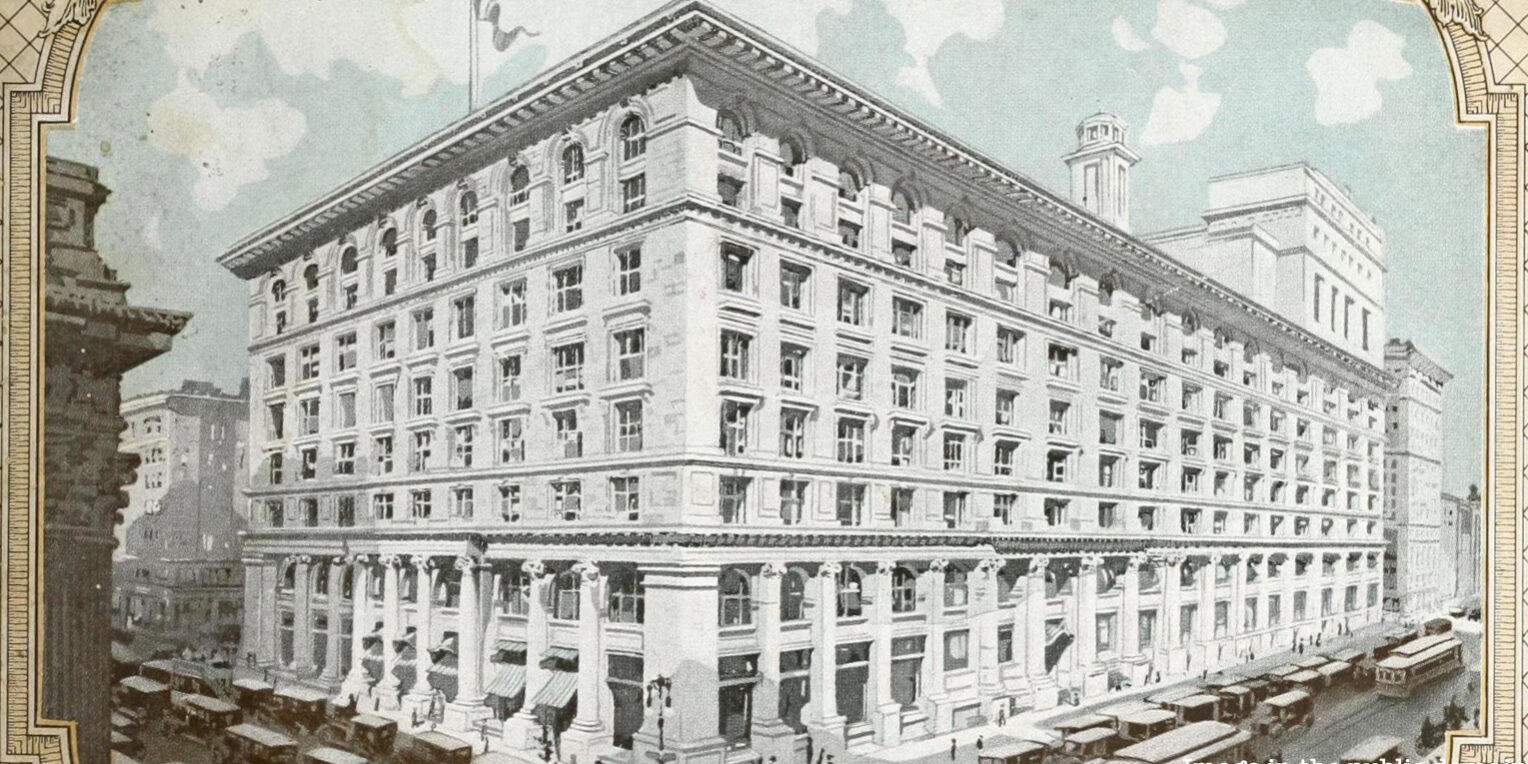At the Smithsonian, an Architectural Treasure Looks Ahead

The Smithsonian Arts and Industries Building is reopening temporarily after being closed since 2004 for structural reasons. Erin Schaff/The New York Times
From The New York Times: WASHINGTON — It is being compared to the waking of Sleeping Beauty.
In just a few weeks, the long dormant, 140-year-old Arts and Industries Building — closed for structural reasons since 2004 — will come back to life, reopening temporarily with a sprawling multidisciplinary show called “Futures,” which explores the pluralism of possibilities in what might lie ahead.
The exhibition and its monthlong opening festival, starting Nov. 20, are the centerpieces of the Smithsonian Institution’s 175th anniversary celebration.
Max von Werz merges old and new at Baja Club Hotel in Mexico

From dezeen.com: Historic brick walls and a spiral staircase feature in a Baja Peninsula hotel that was designed by Mexican firm Max von Werz Arquitectos to embrace its seaside context.
The Baja Club Hotel is located in the historic centre of La Paz, a coastal city in Mexico‘s Baja Peninsula. The 32-room property, which is owned by the boutique hotel company Grupo Habita, was longlisted for a 2021 Dezeen Award.
The 3,623-square-metre project entailed the adaptive reuse of a colonial-style villa dating to 1910 and the construction of a new, four-storey extension. The site was once used for oyster pearl harvesting.
Adapting The Sacred To Be Profane

Tas’s Church Sopuerta, Spain, Garmendia Cordero Arquitectos. Image © Roman Robroek
From ArchDaily: It is easy to show cool images of adaptive reuse. The contrast of living history and control over it makes for dynamic visuals. But there is a deeper meaning to adaptive reuse. Architecture embodies humanity and humanity changes, so our buildings change.
After World War 2, the Rust Belt of factory sprawl in and near downtown American cities ended in one generation when a world economy ended the advantage of proximity. Today we’re witnessing the death struggles of the suburban shopping mall as the internet completely reinvents consumer spending. It is now a cliché to say that high-rise commercial buildings will be forever changed by the Covid-induced Zoom-ing of the Office World.
There is another building type in full cultural transformation: houses of worship. The 2015 Pew Study “America’s Changing Religious Landscape” saw a new generation walking away from organized religion. The website Patheos estimates that as many as 10,000 churches close in America each year. The 2017 survey from PRRI showed that 30% of Americans are “spiritual but not religious” and they are predominantly young, so that rejection of organized religion will only grow.
Little Italy Dive Bar Little Joe’s Celebrates 75 Years On Taylor Street: ‘We’re Here For The Long Term’

The entrance to Little Joe’s bar when it opened and in 2021.
From Block Club Chicago: LITTLE ITALY — At a first glance, it might seem that nothing has changed at Little Joe’s, the Little Italy dive bar that’s been around for 75 years.
But while the brick walls and the neon sign behind the counter are the same, in the past two years Little Joe’s got new owners, new management and a new menu.
Business partners Alex Haried and Ryan Phelan bought Little Joe’s in February 2020. Haried called it “the worst timing possible”: They dealt with broken furnaces, a pandemic and expensive attempts to stay open throughout the lockdowns. They fully reopened their bar, 1041 W. Taylor St., earlier this year.
“Buying the place had always been a distant dream for me and Ryan,” Haried said. “I assumed it would have been more of a ‘retirement job,’ not something I would have to do at 33.”
Haried and Phelan grew up and live in the neighborhood. After meeting in high school, Little Joe’s became one of their favorite hangouts.
Scranton’s historic ‘Electric City’ sign remains in the dark because the owner can’t pay … the electric bill

The “Electric City” sign in Scranton has gone dark. (Jim Lockwood/The Times-Tribune)
From The Morning Call: Scranton’s iconic Electric City sign that brightens the downtown has gone dark.
The office building it sits atop has been vacant for some time, and the owner, Robert Pettinato, said he can no longer afford to pay the bill of about $500 a month to keep the sign lit.
The sign above the Scranton Electric Building, 507 Linden St., has been kept off for about the past two weeks, Pettinato said.
“It’s turned off. It’s been turned off for weeks,” he said.
Lost NYC Department Store B. Altman & Co.

From untapped New York: The days of the flagship New York City department store of B. Altman are numbered. At one time, the glamorous New York City department store was the height of fashion, filled with opulent spaces and genteel clientele. Attentive employees and over-the-top merchandise were hallmarks of this experience. Unfortunately, changing tastes doomed all but the biggest stores in the 1980s. For the past decade, online buying has also taken its toll on these historic structures. Once pillars of the New York department store scene, Lord and Taylor, Henri Bendel, and Barneys New York were shuttered in 2020. Although B. Altman and Co. was lost to bankruptcy thirty years ago, its allure and nostalgia still live on.


